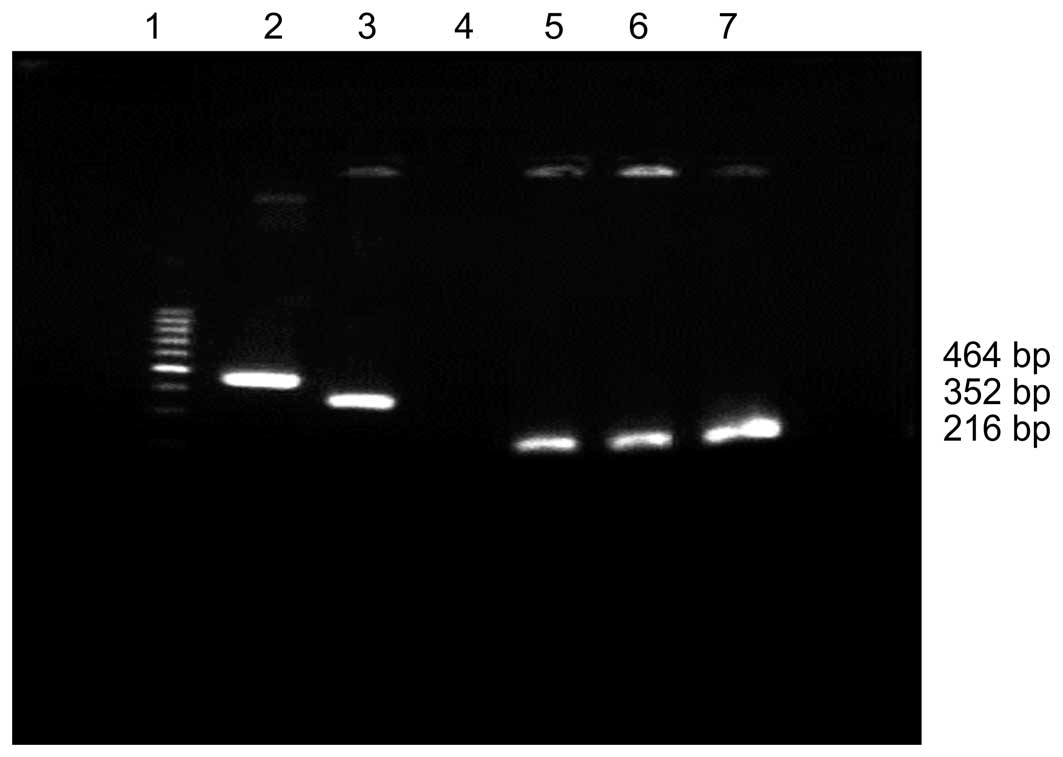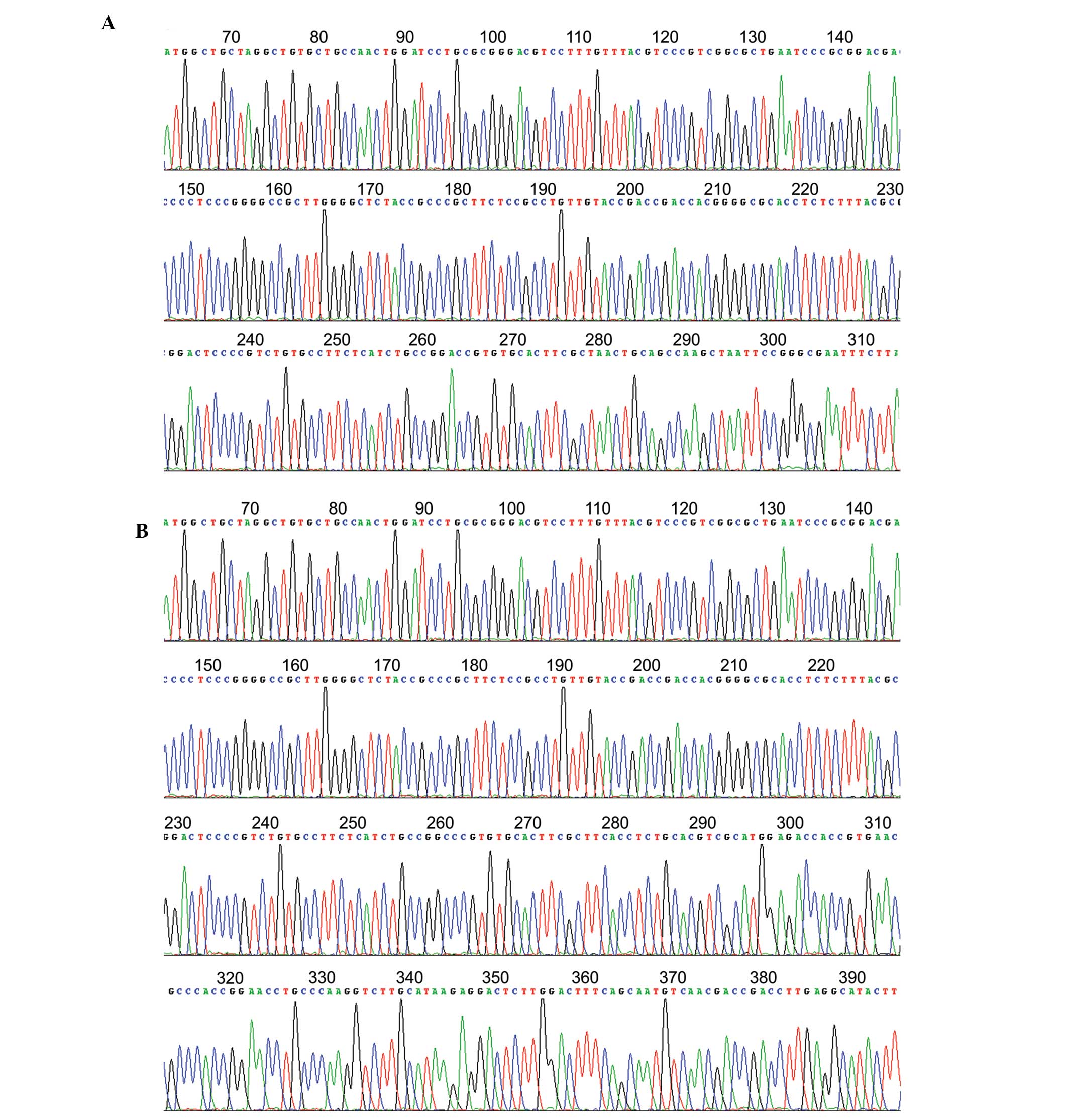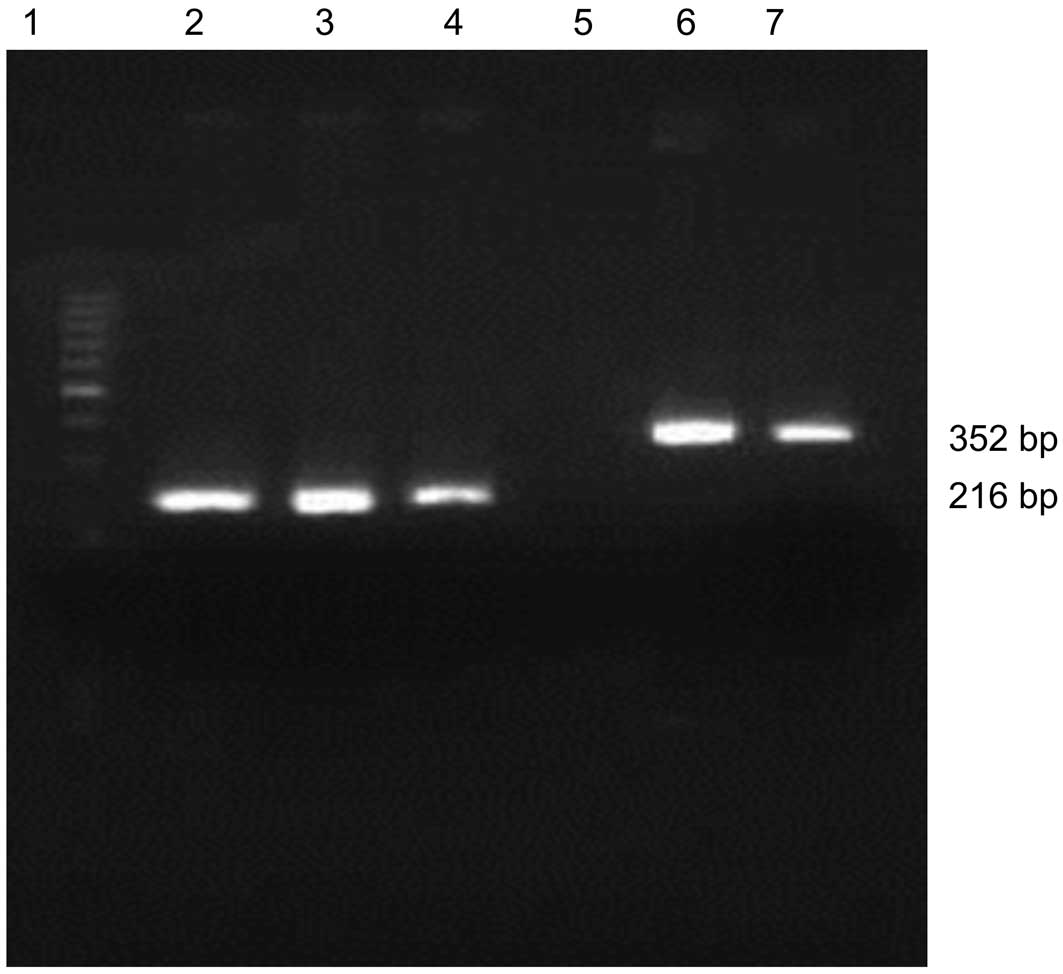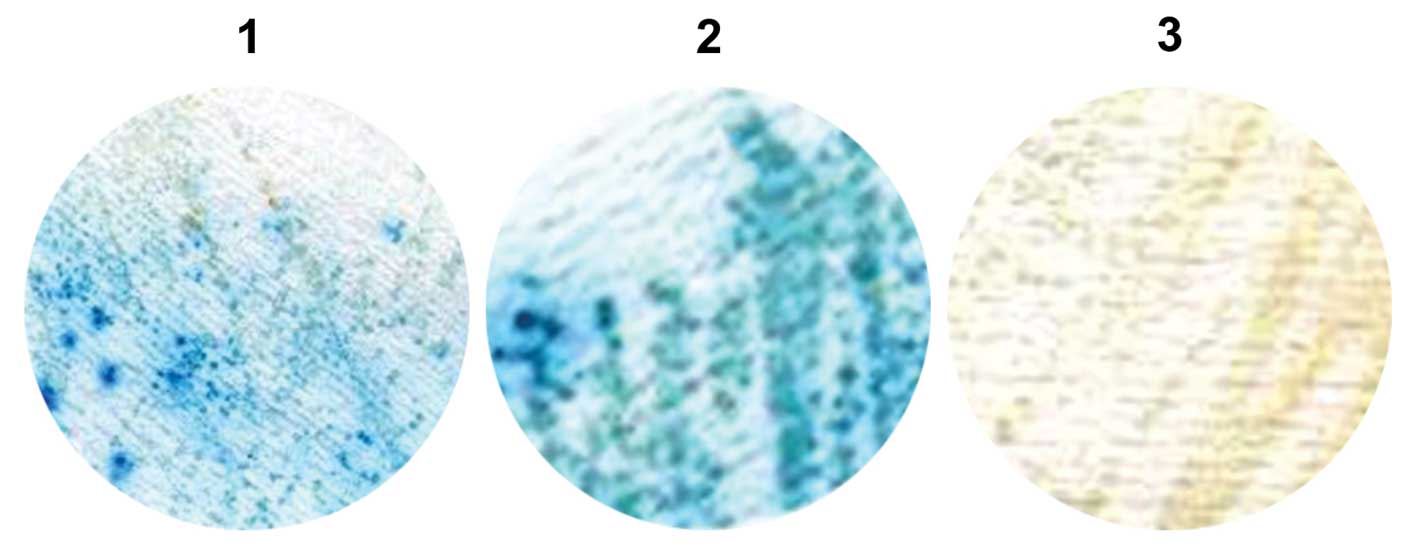|
1
|
Hakami A, Ali A and Hakami A: Effects of
hepatitis B virus mutations on its replication and liver disease
severity. Open Virol J. 7:12–18. 2013. View Article : Google Scholar : PubMed/NCBI
|
|
2
|
Koike K: Hepatitis B virus X gene is
implicated in liver carcinogenesis. Cancer Lett. 286:60–68. 2009.
View Article : Google Scholar : PubMed/NCBI
|
|
3
|
Zhou Y, Wang S, Ma JW, et al: Hepatitis B
virus protein X-induced expression of the CXC chemokine IP-10 is
mediated through activation of NF-kappaB and increases migration of
leukocytes. J Biol Chem. 285:12159–12168. 2010. View Article : Google Scholar : PubMed/NCBI
|
|
4
|
Shamay M, Barak O, Doitsh G, et al:
Hepatitis B virus pX interacts with HBXAP, a PHD finger protein to
coactivate transcription. J Biol Chem. 277:9982–9988. 2002.
View Article : Google Scholar : PubMed/NCBI
|
|
5
|
Yeh CT: Hepatitis B virus X protein:
searching for a role in hepatocarcinogenesis. J Gastroenterol
Hepatol. 15:339–341. 2000. View Article : Google Scholar : PubMed/NCBI
|
|
6
|
Wang XZ, Li D, Tao QM, et al: A novel
hepatitis B virus X-interactive protein: cytochrome C oxidase III.
J Gastroenterol Hepatol. 21:711–715. 2006. View Article : Google Scholar : PubMed/NCBI
|
|
7
|
Gietz RD, Triggs-Raine B, Robbins A, et
al: Identification of proteins that interact with a protein of
interest: applications of the yeast two-hybrid system. Mol Cell
Biochem. 172:67–79. 1997. View Article : Google Scholar : PubMed/NCBI
|
|
8
|
Aufiero B and Schneider RJ: The hepatitis
B virus X-gene product trans-activates both RNA polymerase II and
III promoters. EMBO J. 9:497–504. 1990.PubMed/NCBI
|
|
9
|
Spandau DF and Lee CH: Trans-activation of
viral enhancers by the hepatitis B virus X protein. J Virol.
62:427–434. 1988.PubMed/NCBI
|
|
10
|
Takada S, Shirakata Y, Kaneniwa N, et al:
Association of hepatitis B virus X protein with mitochondria causes
mitochondrial aggregation at the nuclear periphery, leading to cell
death. Oncogene. 18:6965–6973. 1999. View Article : Google Scholar : PubMed/NCBI
|
|
11
|
Zheng BY, Fang XF, Zou LY, Huang YH, Chen
ZX, Li D, Zhou LY, Chen H and Wang XZ: The co-localization of HBx
and COXIII upregulates COX-2 promoting HepG2 cell growth. Int J
Oncol. 45:1143–1150. 2014.PubMed/NCBI
|
|
12
|
Shirakata Y and Koike K: Hepatitis B virus
X protein induces cell death by causing loss of mitochondrial
membrane potential. J Biol Chem. 278:22071–22078. 2003. View Article : Google Scholar : PubMed/NCBI
|
|
13
|
Pelicano H, Lu W, Zhou Y, et al:
Mitochondrial dysfunction and reactive oxygen species imbalance
promote breast cancer cell motility through a CXCL14-mediated
mechanism. Cancer Res. 69:2375–2383. 2009. View Article : Google Scholar : PubMed/NCBI
|
|
14
|
Schäfer E, Seelert H, Reifschneider NH, et
al: Architecture of active mammalian respiratory chain
supercomplexes. J Biol Chem. 281:15370–15375. 2006. View Article : Google Scholar : PubMed/NCBI
|
|
15
|
Gilderson G, Salomonsson L, Aagaard A, et
al: Subunit III of cytochrome c oxidase of Rhodobacter sphaeroides
is required to maintain rapid proton uptake through the D pathway
at physiologic pH. Biochemistry. 42:7400–7409. 2003. View Article : Google Scholar : PubMed/NCBI
|
|
16
|
Bouchard MJ, Puro RJ, Wang L, et al:
Activation and inhibition of cellular calcium and tyrosine kinase
signaling pathways identify targets of the HBx protein involved in
hepatitis B virus replication. J Virol. 77:7713–7719. 2003.
View Article : Google Scholar : PubMed/NCBI
|
|
17
|
McClain SL, Clippinger AJ, Lizzano R, et
al: Hepatitis B virus replication is associated with an
HBx-dependent mitochondrion-regulated increase in cytosolic calcium
levels. J Virol. 81:12061–12065. 2007. View Article : Google Scholar : PubMed/NCBI
|
|
18
|
Misra KP, Mukherji A and Kumar V: The
conserved amino-terminal region (amino acids 1–20) of the hepatitis
B virus X protein shows a transrepression function. Virus Res.
105:157–165. 2004. View Article : Google Scholar : PubMed/NCBI
|
|
19
|
Kumar V, Jayasuryan N and Kumar R: A
truncated mutant (residues 58–140) of the hepatitis B virus X
protein retains trans-activation function. Proc Natl Acad Sci USA.
93:5647–652. 1996. View Article : Google Scholar
|















